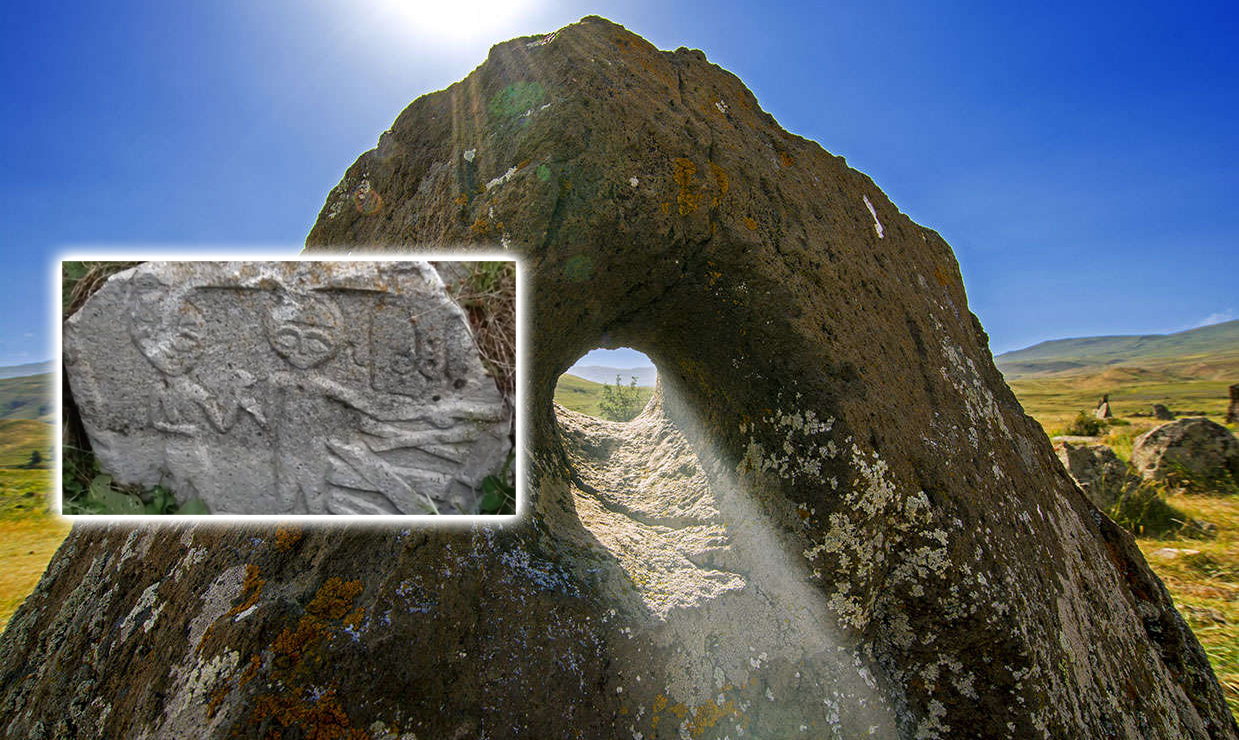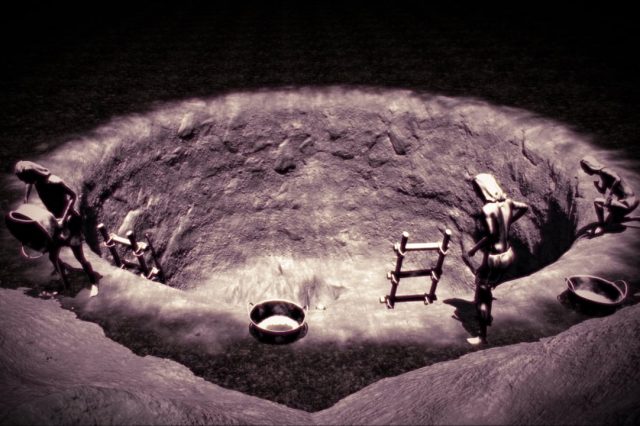Situated in Armenia, the site of Karahunj, also referred to as Zorats Karer or Armenia's Stonehenge, is believed to precede England’s Stonehenge by a whopping 3,500 years and Egypt's Pyramids by a staggering 3,000 years.
Hidden in modern-day Armenia, an ancient enigma stands – Karahunj, also known as Armenia’s Stonehenge. With some rocks portraying odd beings with elongated heads and almond-shaped eyes, it’s an archaeological wonder that has been shrouded in mystery since its discovery.
The Marvels of Karahunj, Armenia’s Stonehenge
Situated in Armenia, the site of Karahunj, also referred to as Zorats Karer or Armenia’s Stonehenge, is believed to precede England’s Stonehenge by a whopping 3,500 years and Egypt’s Pyramids by a staggering 3,000 years. This ancient expanse covers over seven hectares and boasts enigmatic carvings crafted by early civilizations thousands of years ago.
An Ancient Twin of Stonehenge?
Many visitors draw parallels between this awe-inspiring ancient site and Stonehenge, due to the intriguing circular stone formations. The stones’ purpose, however, remains an unsolved riddle to archaeologists. Theories range from an astronomical observatory to a ceremonial complex, yet the lack of historical records leaves room for speculation.
Elliptical Formation and Curious Carvings at Armenia’s Stonehenge
Armenia’s Stonehenge, predating England’s version, consists of similar unrefined boulders arranged in two overlapping elliptical circles. Remarkably, several boulders at Karahunj feature peculiar holes, reminiscent of megalithic boulders discovered in ancient Egypt. The presence of these mysterious holes led researchers to hypothesize that they were used for astronomical observations thousands of years ago.
The Speaking Stones of Armenia
When dissected, the name Karahunj or Carahunge reveals its Armenian roots: “kar” translates to stone and “hunge” or “hoonch” means sound, hence “Speaking Stones”. This title reflects the stones’ unique feature to whistle on windy days, a phenomenon attributed to the number of prehistorically drilled holes under different angles.
In 2004, the site officially became the Karahunj (Carahunge) Observatory through a Parliamentary decree.
A Temple, Observatory, and University All in One
Numerous expeditions have explored this ancient site, with the most comprehensive studies conducted by Paris Herouni and Elma Parsamyan of the Biurakan Observatory. Herouni suggested that the site functioned as “a temple with a large and developed observatory, and also a university.” He further proposed that some of the stones mimic the largest star of the Cygnus constellation – Deneb.
Interestingly, some parallels have been drawn between the Karahunj (Carahunge) Observatory and Gobekli Tepe in modern-day Turkey, with suggestions that both represent the Cygnus constellation.
A Unique Blend of History and Mystery
Among the numerous boulders, some boast remarkable carvings on their surfaces, depicting humanoid beings eerily reminiscent of contemporary depictions of Grey Aliens. Some figures at Karahunj exhibit elongated heads, almond-shaped eyes, and appear to be holding artifacts with wheels, adding another layer of intrigue to this already compelling site.
PLEASE READ: Have something to add? Visit Curiosmos on Facebook. Join the discussion in our mobile Telegram group. Also, follow us on Google News. Interesting in history, mysteries, and more? Visit Ancient Library’s Telegram group and become part of an exclusive group.





